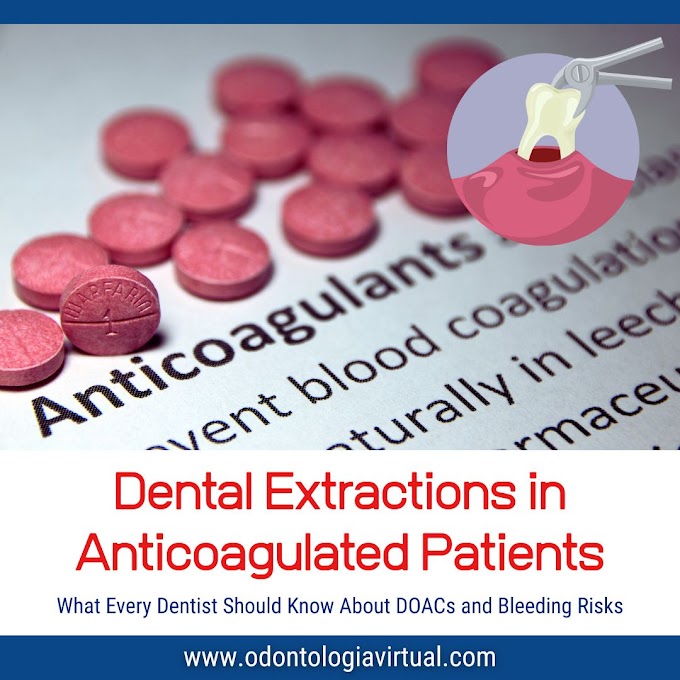Recognizing that medical crises—though statistically rare—can occur unexpectedly in any dental setting, this guide establishes a minimum standard of preparedness targeted at averting preventable harm, effectively managing urgent events, and minimizing the impact should emergencies arise.
Key features of this 2023 Code include
1. Broad scope of potential emergencies
The guide identifies a wide range of scenarios—from syncope, anaphylaxis, myocardial infarction, and seizures to respiratory or metabolic crises—emphasizing that dental teams must remain vigilant across diverse emergencies.
2. Structured emergency planning
It mandates a written action plan specifying roles, emergency protocols, contact information for EMS, directions to facilities (including Eircode), and a routine audit of stocked drugs and equipment.
3. Training and competency
All staff members must undergo Basic Life Support training and regular drills, ensuring proficiency in recognizing and responding to emergencies using standardized ABCDE (Airway, Breathing, Circulation, Disability, Exposure) protocols.
4. Essential drugs and equipment
Every practice must stock an Automated External Defibrillator (AED), oxygen cylinders and masks (including pediatric sizes), oropharyngeal airways, self-inflating bags, portable suction, and an emergency drug kit tailored to treat conditions such as asthma, angina, hypoglycemia, anaphylaxis, and seizures.
5. Risk management for off-site care
For domiciliary visits or care in non-standard environments (e.g. nursing homes), this Code stipulates carrying a portable emergency kit and adapting response strategies based on patient risk profiles and environmental constraints.
6. Safety in handling oxygen cylinders
It offers precise guidance for safe oxygen cylinder storage, transport, rotation, and signage—highlighting the reactive hazards of high-concentration oxygen.
By weaving together ethical obligations, practical checklists, clinical protocols, and legal underpinnings, this guide ultimately serves to elevate the standard of care in dental emergency readiness
Its nationwide applicability ensures that both urban clinics and rural practices maintain consistent, high-level preparedness.
👉 I encourage dentists and their entire teams worldwide to download and review this valuable Guide in PDF format, and integrate its best practices into daily routines.
Your commitment to readiness can make all the difference in patient safety.













